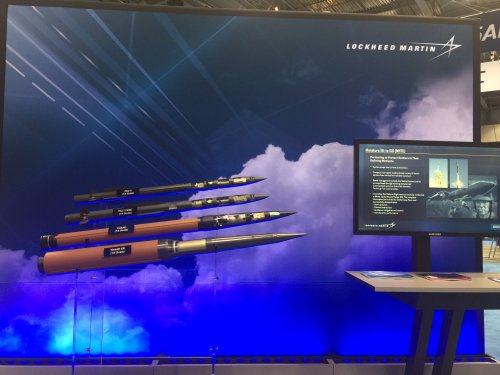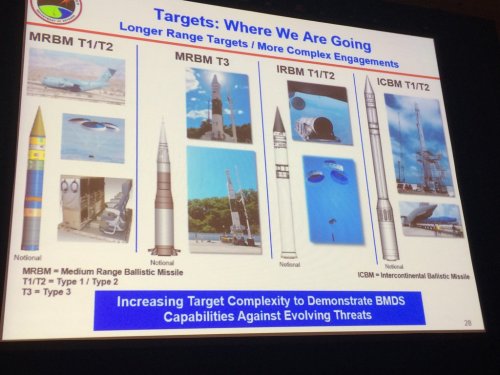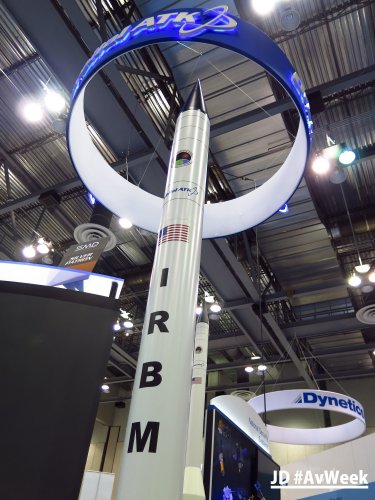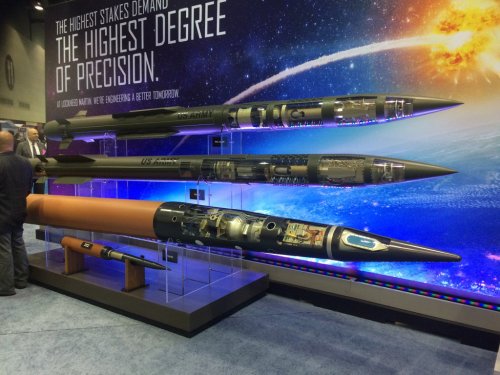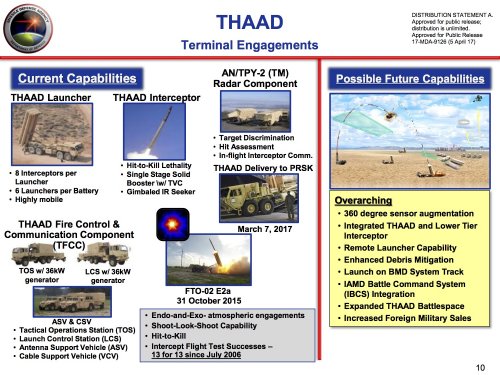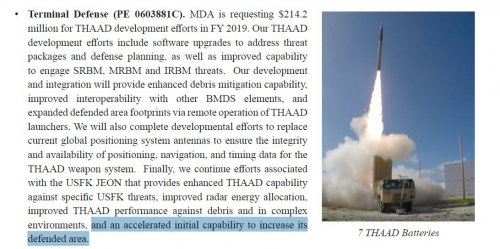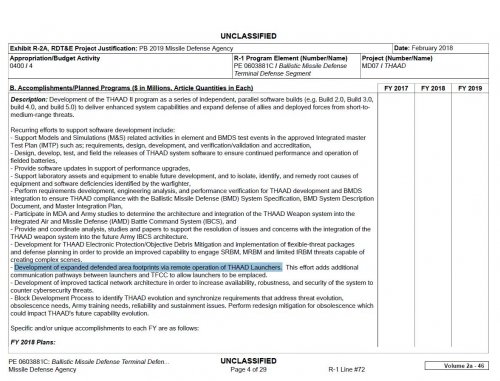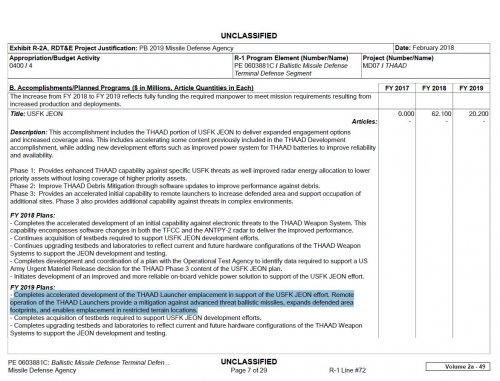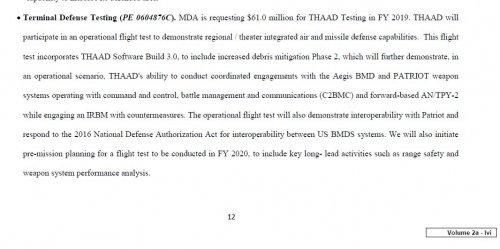sferrin said:
I wonder how this target compares to E-LRALT or LM's LV-2. ???
Since 2014 there's a new targets program which is trying to rebuild the somewhat ad-hoc target procurement into a more logical and efficient framework as part of the Integrated Master Test Plan. Each range class of target (SRBM, MRBM, IRBM, and ICBM) is broken up into three tiers:
Type 1: A Type 1 target is the baseline (simple) configuration for the class. A Type 1 target satisfies the minimum target requirements to provide the baseline capability
for each target class. The baseline configuration represents the complete vehicle stack-up and includes: 1-n boosters, attitude control system, test object, flight
termination system, housekeeping and environmental instrumentation, and telemetry. For example, the basic configuration of an LV-2 target is representative of a Type
1 configuration in the intermediate range class.
Type 2: A Type 2 target requires more advanced or complex performance capabilities. Type 2 capabilities may be included in the baseline Type 1 configuration or
provided as configuration kits that can be added to the baseline configuration. Type 2 kits may include the following: countermeasures and associated deployment
capability, enhanced targeting and aim point accuracies, selectable booster and test object dynamics, tailored separation debris, temperature sensors, hit location
and miss distance instrumentation, onboard sensors, deployable fly along sensors, and/or lethality payloads. For example, the LV-2 target with countermeasures or
additional payloads is representative of a Type 2 configuration in the intermediate range class.
Type 3: A Type 3 target is a unique configuration procured in low unit quantities. Type 3 targets encompass unique threat characteristics or test conditions (i.e. Ground
Based Midcourse Defense high velocity engagement scenario) not achievable with a Type 1 or Type 2 configuration.
This is the new Orbtial ATK IRBM target is (i believe) a T3 IRBM target. E-LRALT is an MRBM target.

